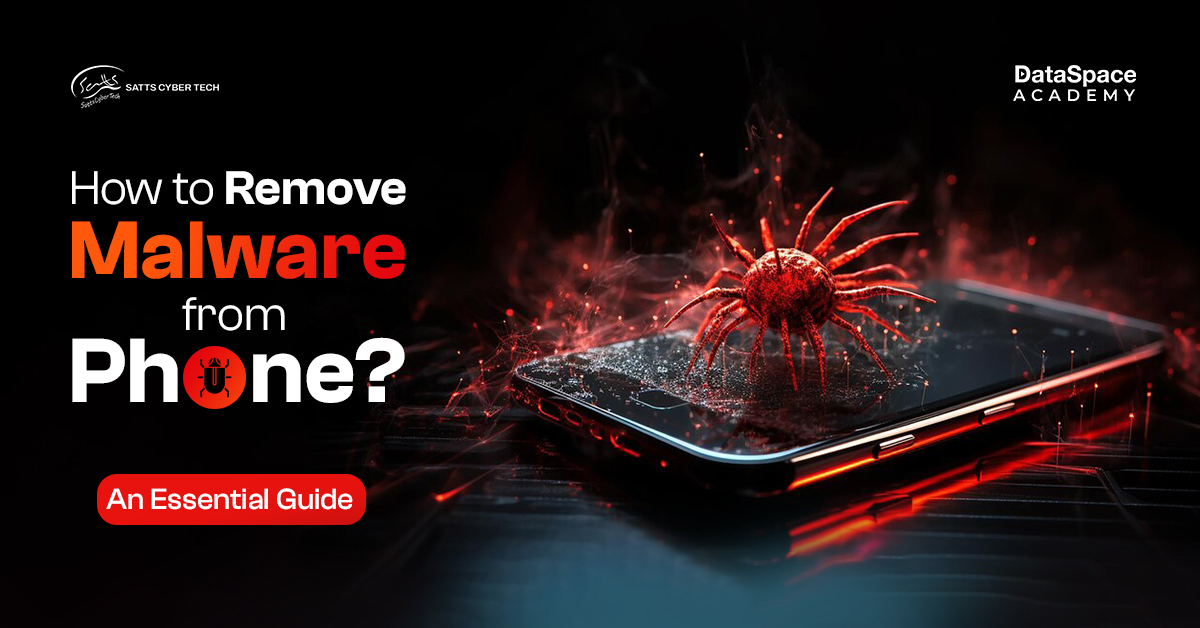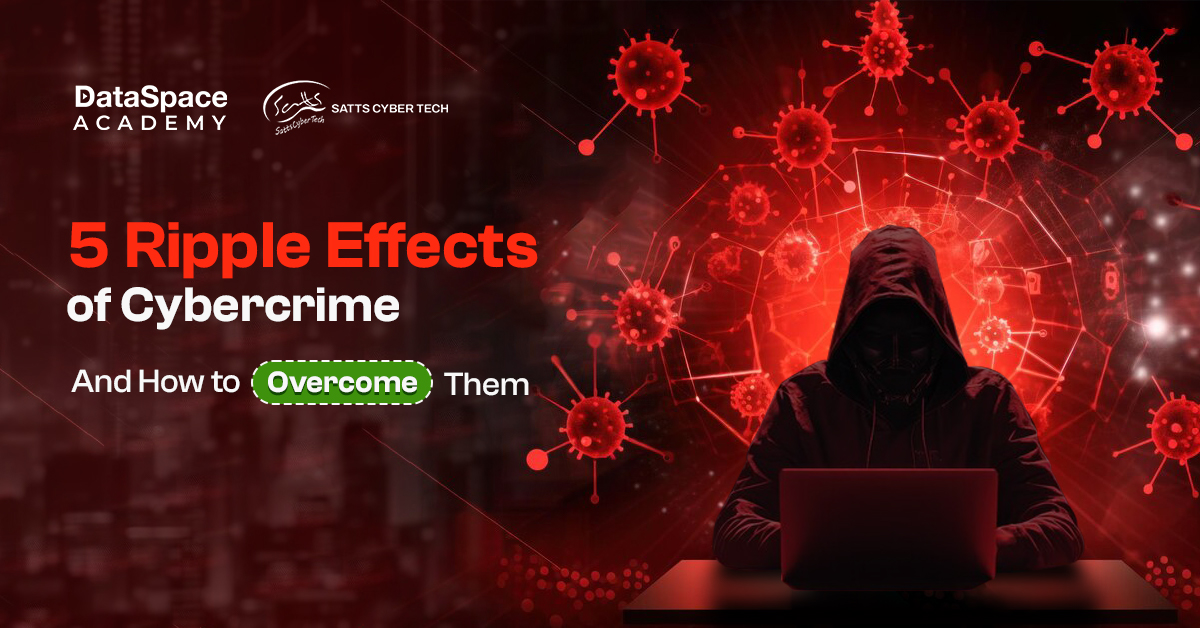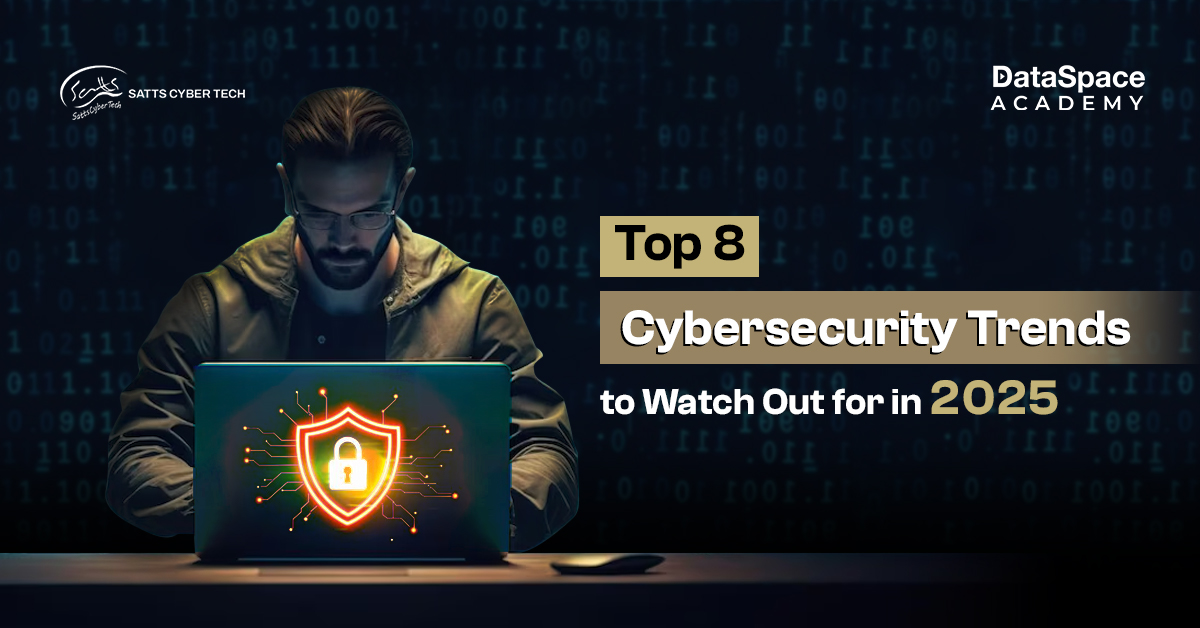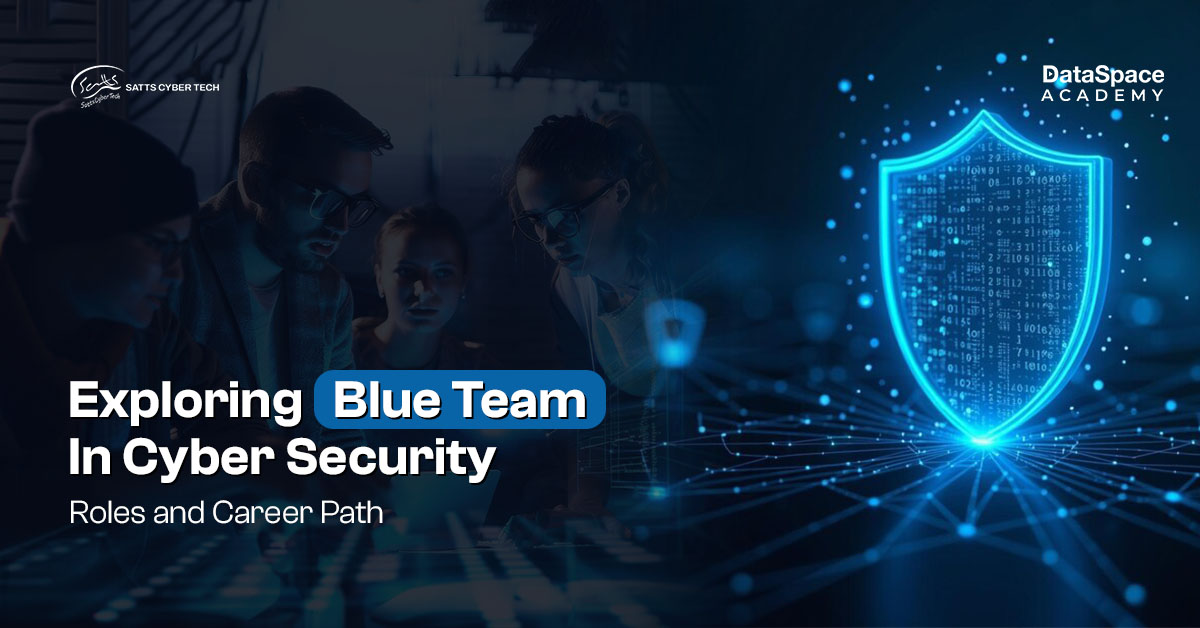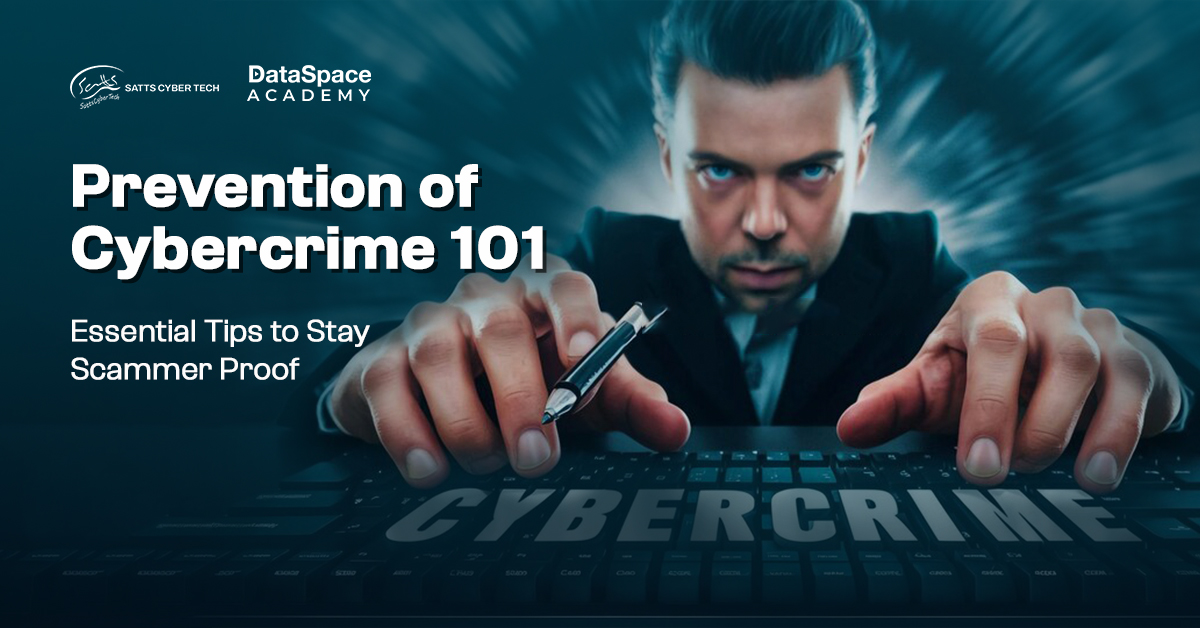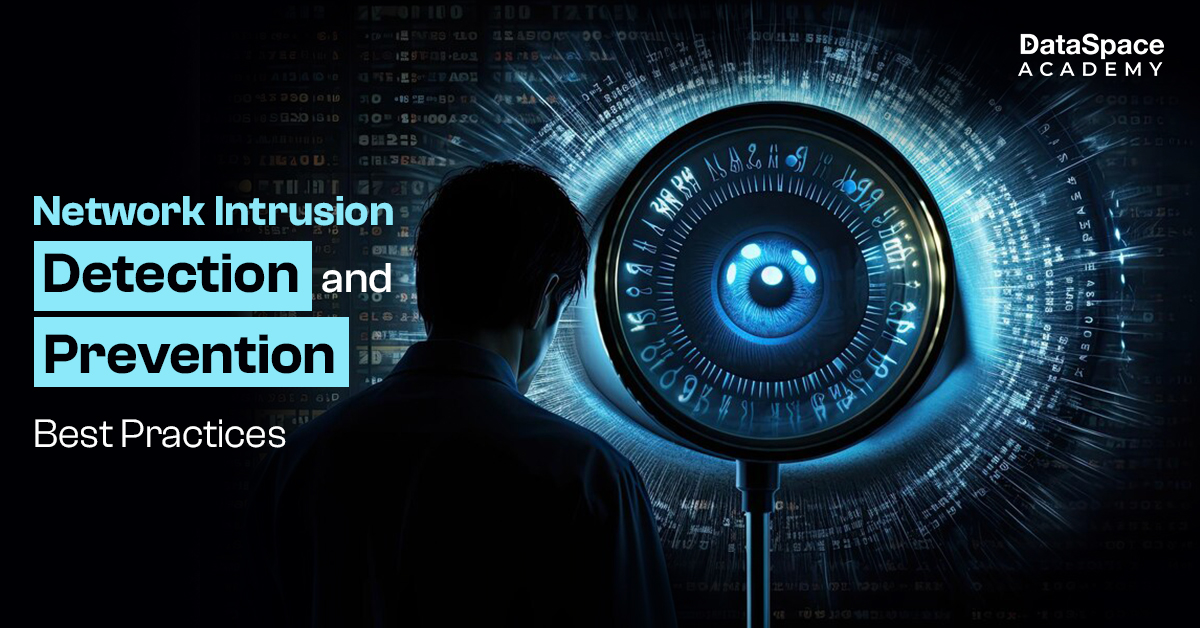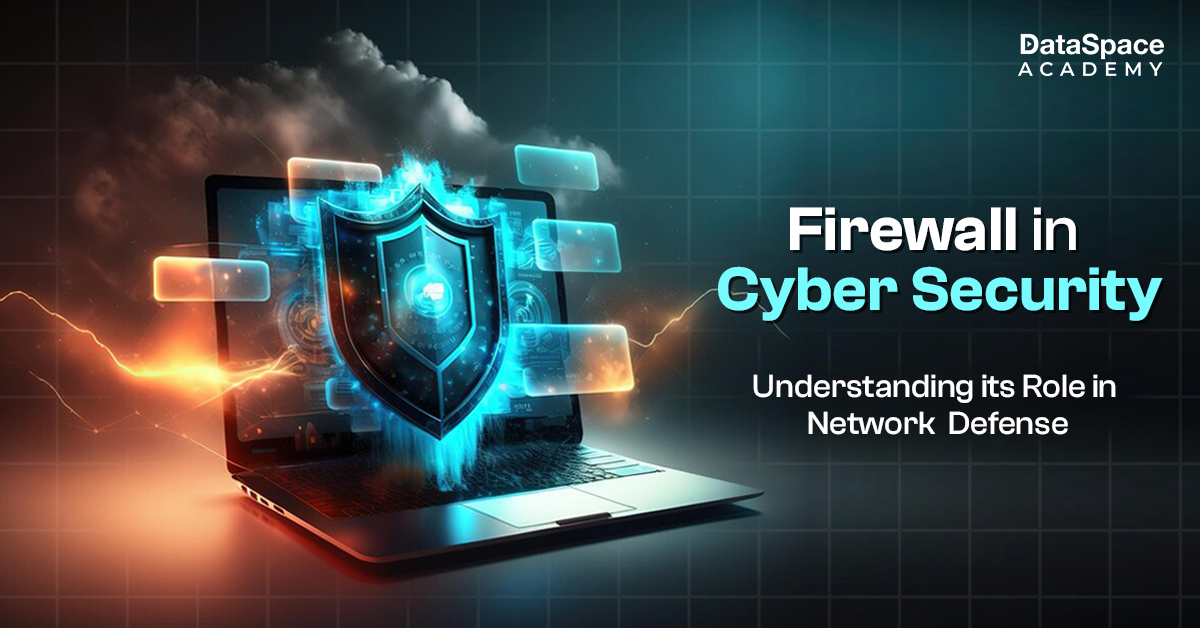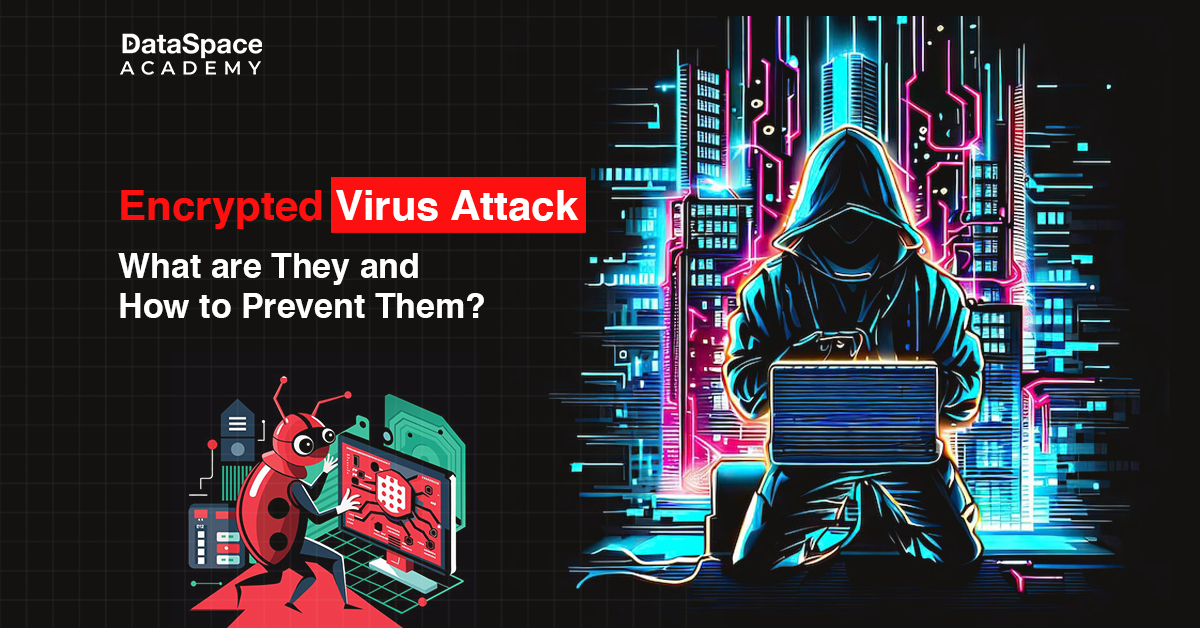Various ways to protect your organization against cyberattacks
Last Updated : 27 Jan, 2022
 73.84K
73.84K

Various ways to protect your organization against cyberattacks
Table of Contents
Cybercriminals aren’t just targeting large enterprises; unfortunately, mid-sized and even smaller businesses are increasingly becoming victims of cyberattacks. Ascertain that your company has the necessary security policies in place to assist secure your critical corporate and consumer data, as well as to reduce the risk of becoming the next cyberattack headline. To increase your organization’s cybersecurity protection, consider the following steps:
1. Recognize your advantages and disadvantages
Regardless of your company’s business or size, it most likely has information that a hacker would find valuable. Make a list of all your sensitive data and who has access to it, including workers and vendors. Consider the reputational and financial consequences for your company if this information is misused. Ascertain that the necessary safeguards are in place to protect sensitive information.
2. Incorporate security awareness into your company’s culture
When employees do something as basic as clicking on a link in an email message that appears to come from an internal team member or an outside vendor, they become unwitting contributors to a malware assault. The methods used by cybercriminals to break into networks are growing more sophisticated. Officials in human resources, purchasing, and other departments may be targeted since they are less aware of the hazards they face from breaches. Organizations must communicate and perform frequent and recurring educational sessions to alert employees to the various strategies used by cybercriminals and to instill a culture of risk awareness in their workforce.
3. Make assessing cybersecurity a constant effort
Organizations face the risk of introducing new risks to their systems every time a network changes. Cybercriminals can exploit weaknesses created by adding a router, updating a server, or deploying new software. Organizations must be aware of these flaws and conduct periodic risk assessments to identify areas of weakness. They must also build incident response plans and maintain those plans up to date by revising risk assessments anytime their networks change. When an incident happens, organizations should revisit why a particular risk was overlooked. Cybersecurity evaluation should be a lifelong process.
4. Take command
Hackers and other criminals can be deterred by implementing the correct security controls, but each sort of internal control has its own attention. Preventive controls help to avoid incidents and prevent illegal access. Organizations must, however, expand controls outside traditional borders as a result of technologies such as the cloud and remote access. Detective controls assist in the monitoring and alerting of malicious and unauthorized behavior within the organization. Corrective controls are intended to keep the scope of an incident to a minimum and to prevent illegal conduct.
5. Convert your suppliers into partners
Learn about the policies and procedures of businesses that have access to your company’s or customers’ information. Once the information has been passed on, the responsibility and liability do not stop. To protect sensitive data, build a partnership.
Share on facebook
Facebook
Share on twitter
Twitter
Share on linkedin
LinkedIn
 73.84K
73.84K
